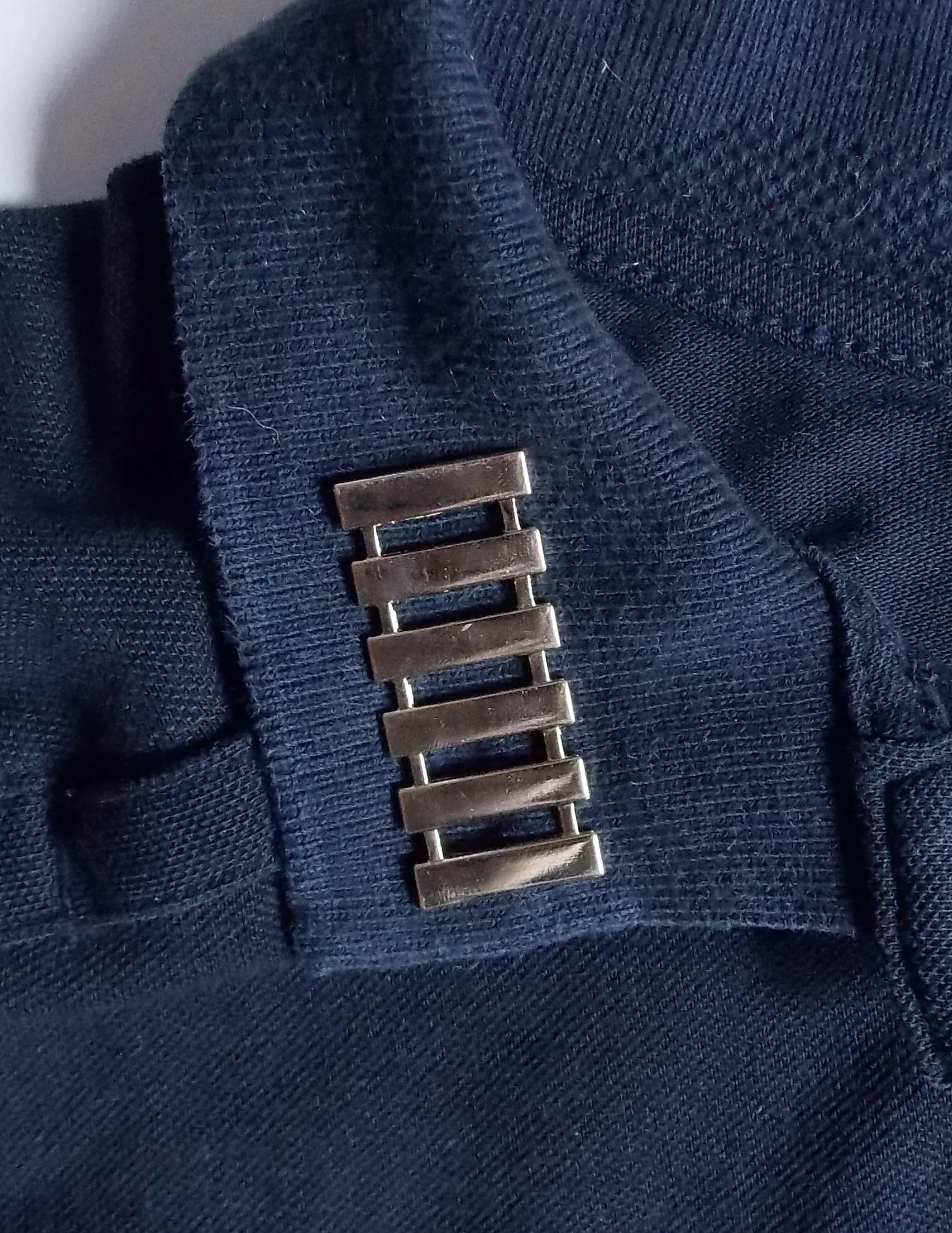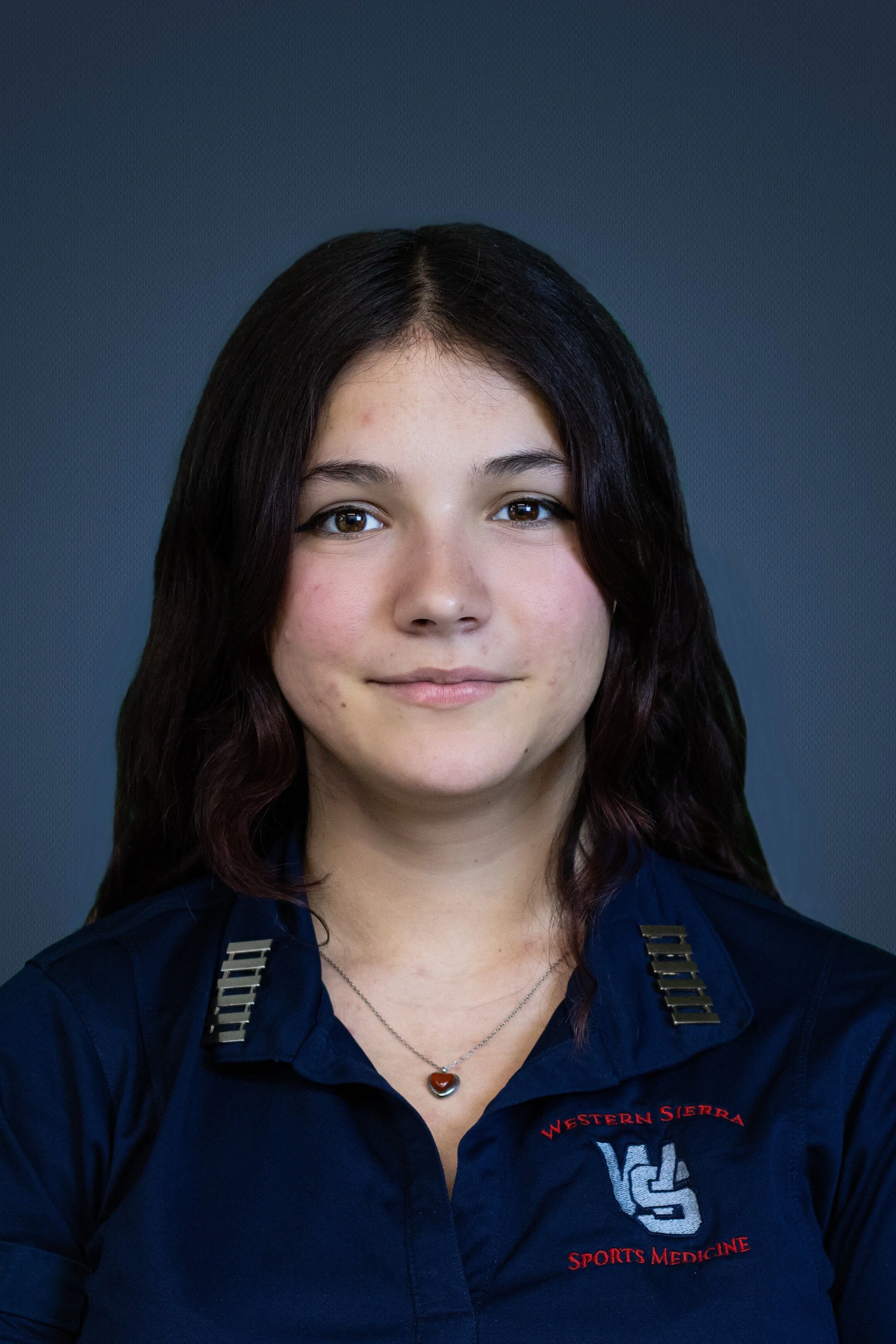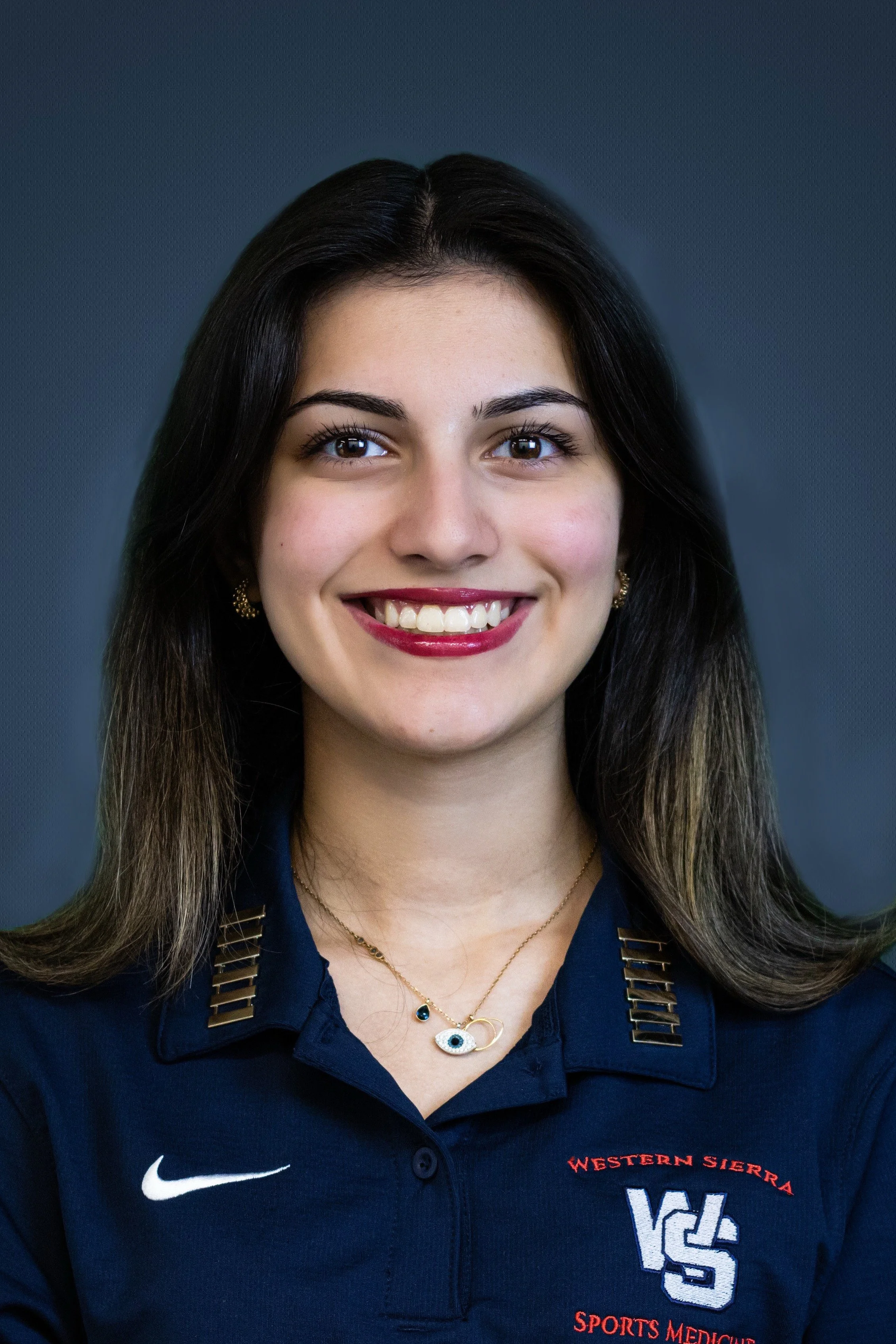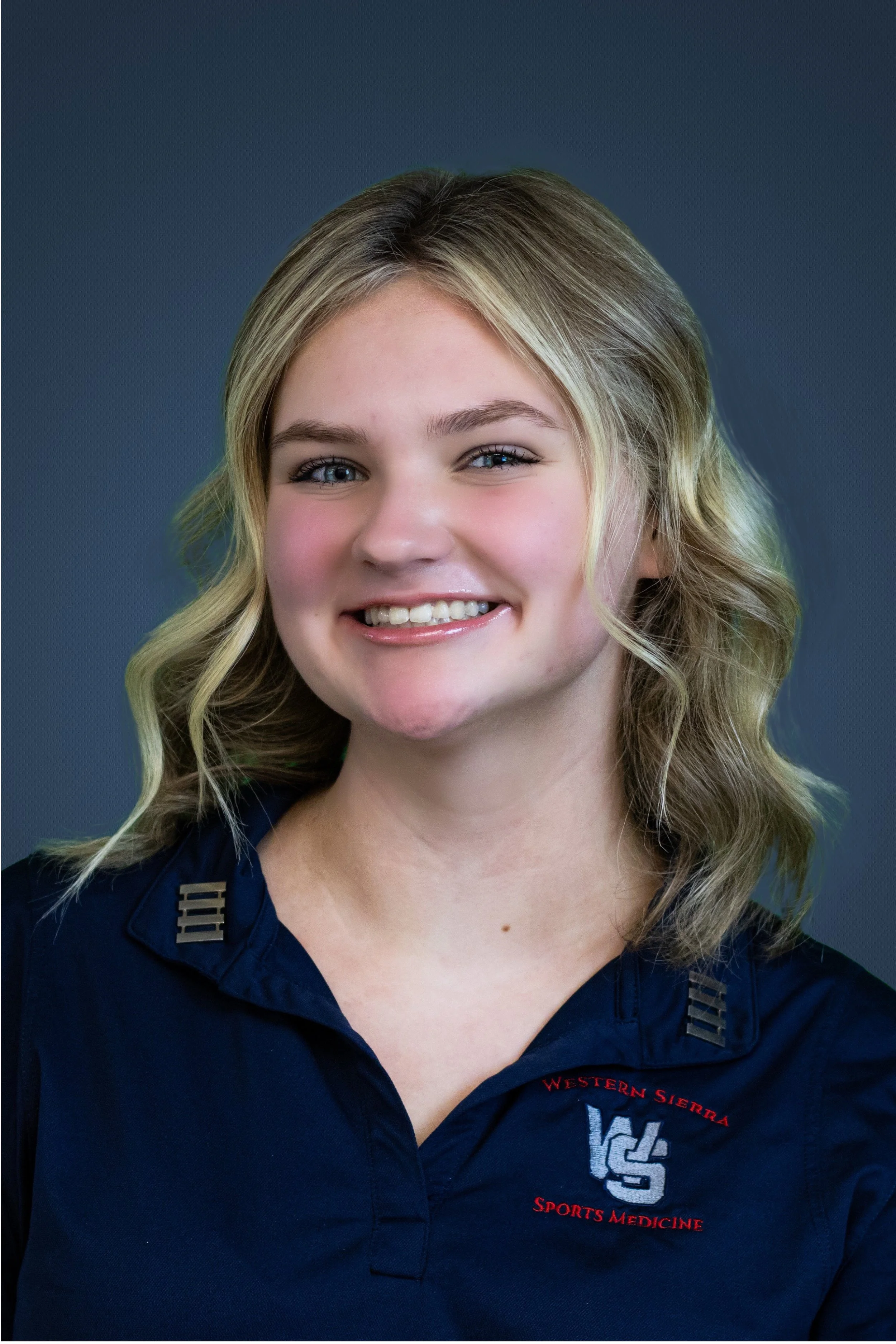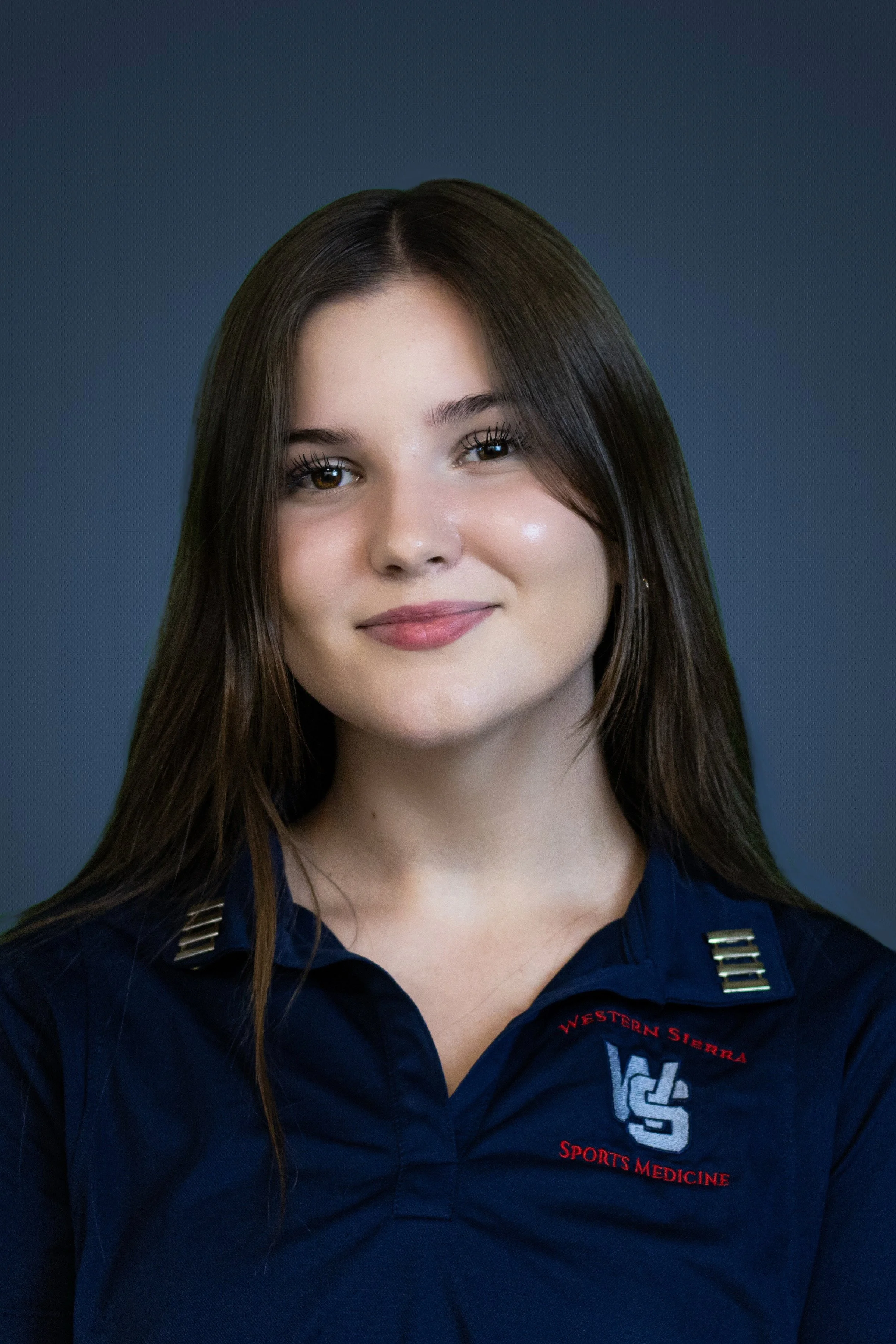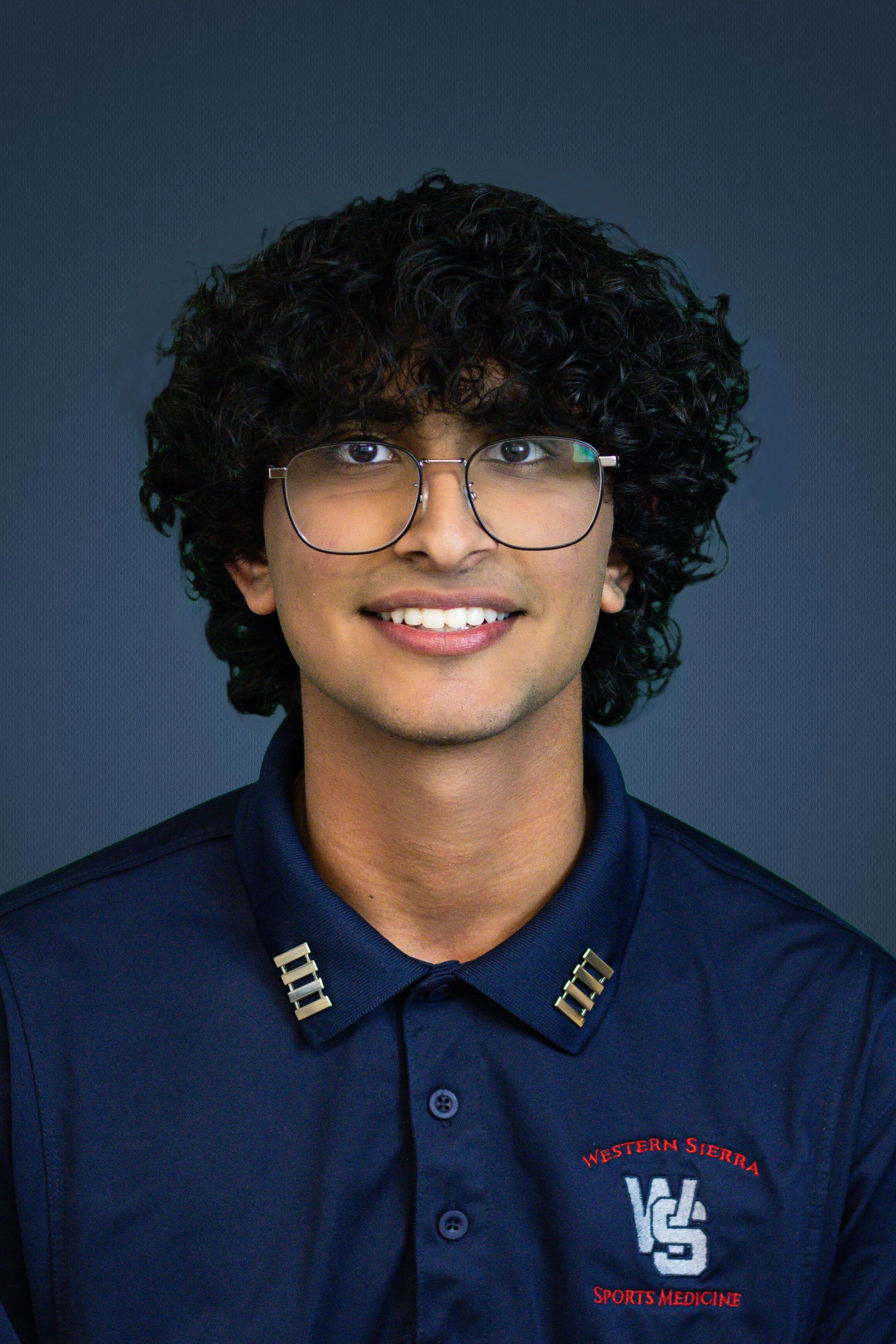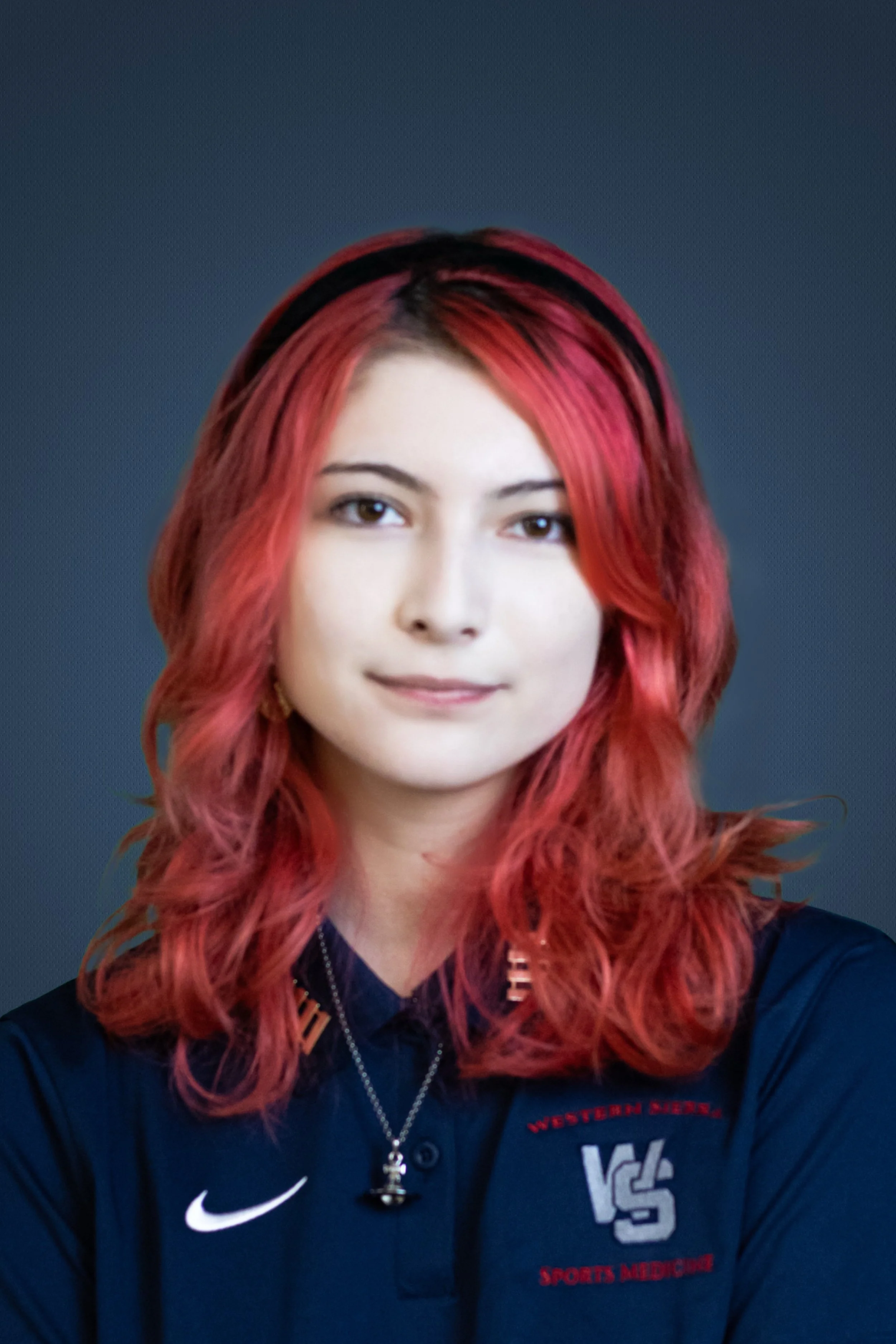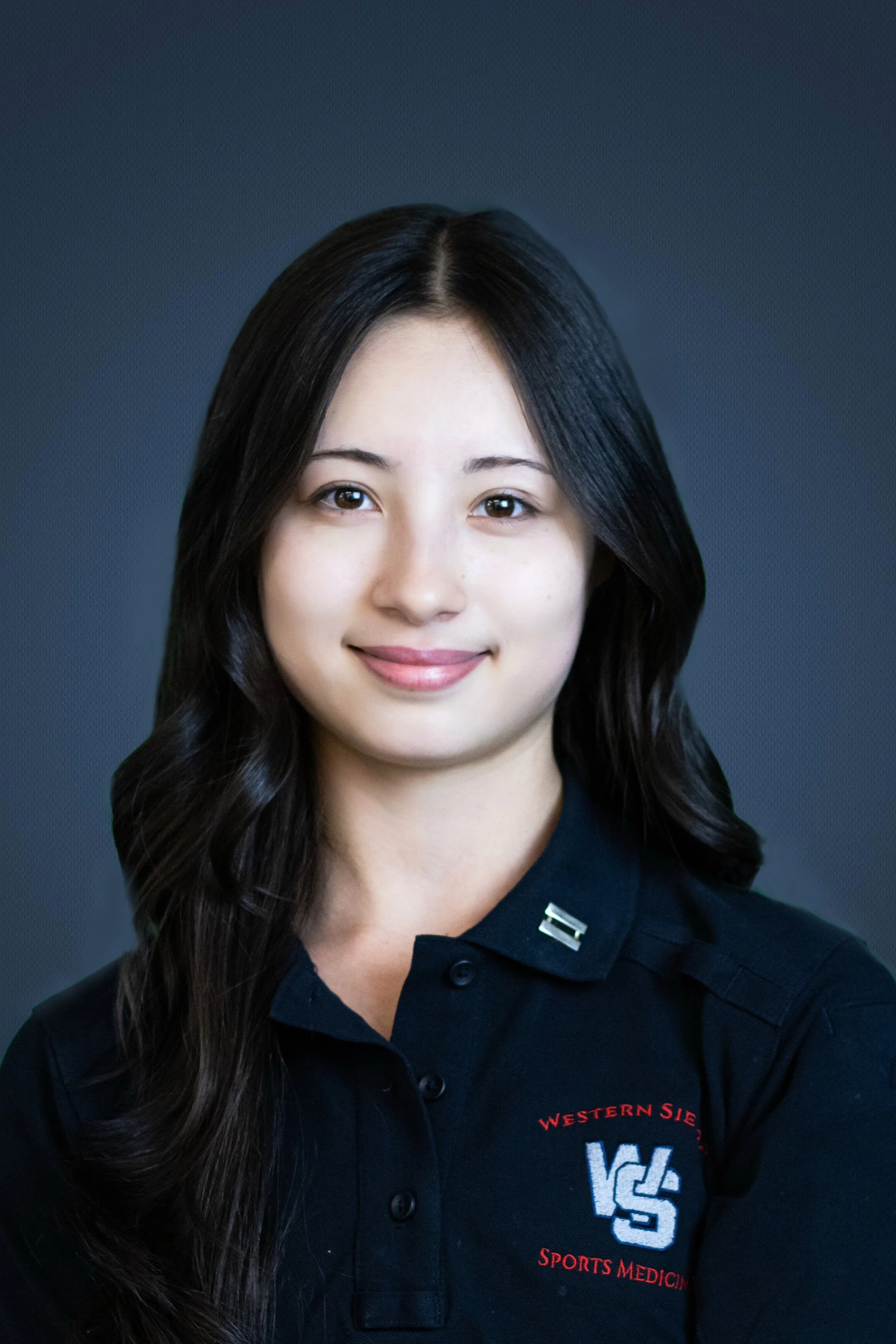Student Leadership
This program doesn’t just teach the science of sports medicine—it shapes leaders who are ready to step up, think critically, and make a difference. Our students leave not only with a deeper understanding of the medical field but also with the skills and confidence to lead in any situation, both on and off the field. This isn’t just about learning—this is about empowering the next generation of professionals who will shape the future of healthcare.
At the heart of our Sports Medicine Program is the belief that true learning begins with students taking ownership of their education. This is not just a class—it’s a dynamic, student-run program where every participant is empowered to lead. From day one, students are given the opportunity to build and refine their leadership skills, taking on significant roles and responsibilities within the team. These roles aren’t just theoretical—they mirror the real-world challenges that many professionals face head-on daily.
Over the course of their time in the program, students are immersed in hands-on experiences that prepare them to step into high-pressure, real-life situations. They learn to assess and respond to emergencies, make critical decisions, and communicate effectively as they navigate complex scenarios. Whether acting as the attending medic, the scene commander, or a key team member, they gain invaluable insights into what it takes to be in charge when lives are on the line.
This program doesn’t just teach the science of sports medicine—it shapes leaders who are ready to step up, think critically, and make a difference. Our students leave not only with a deeper understanding of the medical field but also with the skills and confidence to lead in any situation, both on and off the field. This isn’t just about learning—this is about empowering the next generation of professionals who will shape the future of healthcare.
The core of the program is the leadership cadre and they manage most of the complex functions of the program. With over 80 students in the program, all at differing levels of skill and responsibility, it is a huge undertaking to keep all the moving pieces in clockwork order.
Each position is explained in more detail here. Understand that these high school students are operating at an extremely high level and are gaining experience that will last a lifetime.
The Leadership Cadre
-
Each year, two Head Student Trainers are selected to take on a leadership role that extends far beyond mere management. These students are entrusted with the responsibility of overseeing the various officers, ensuring that the program remains on course while also planning and guiding its direction under the careful supervision of the sports medicine coach. As leaders, they are not just accountable for the actions of their peers—they are mentors who actively build connections, nurture growth, and inspire confidence in not only other trainers but also the entire sports medicine student body.
The Head Trainers also serve as the voice of the students, representing them in crucial interactions with coaches, administrators, and school health officials. They act as ambassadors when engaging with guests and are responsible for leading large-scale fieldwork initiatives. On campus, they are respected for their unwavering commitment to excellence and their integrity. Their leadership is a reflection of the dedication they’ve shown, not just in the program, but in their personal growth.
What sets the Head Trainers apart is that they are not always the high-achieving, "perfect" students on paper. Instead, they are the individuals who have learned to lead with heart. While they may face challenges in other areas of academics, they excel in managing complex situations, handling stress, and overcoming interpersonal conflicts. Their leadership is grounded in empathy, resilience, and a deep love for the program. They believe wholeheartedly in the idea that every student, regardless of background or academic prowess, has the potential to succeed at a high level.
Head Trainers work closely with each officer to develop workflows and create accountability, always with the goal of supporting and guiding their peers. Their approach is one of assistance and encouragement—often asking, "How can I help you?" They understand the value of teamwork and are always ready to step in and support their peers, whether it’s taking over a task when someone is overwhelmed or offering a listening ear during stressful times.
Wearing six gold bars is more than just a symbol of their title; it’s a reflection of their dedication, leadership, and the profound impact they have on the program and those around them.
-
The Operations Officer is the heart and soul of the program. Acting like an organizer, an information hub, project manager, and to ensure accountability to all our trainers. The Operations Officer is like Grand Central Station, all of the program’s activities in some way usually flow through the position. In this role they are almost a third Head Trainer.
All student trainers who are not assigned to other areas as other officers are under the Operations Officer’s guidance and mentorship. This officer assigns field assignments that match trainers with their teams. Therefore, Operations must understand the nuances of interpersonal relationships between trainers, the coach’s temperament, and the make up of the team. All the while balancing the wants of the individual level 2 or higher trainers.
With Deputy Operations, they are responsible for all our scheduling for any task. In other words, if any component of the program wants to do something it is up to Operations to decide when, where, and recommend if. Therefore, they must be able and willing to work closely with all the other members of student leadership.
Beyond all that, Operations runs the day-to-day activities of the program. They make sure that our operational objectives and our commitments to our community are met. In this way they work extremely closely with the Head Trainers. Typically, they assign themselves to the most critical position each season.
The Operations Officer is identified by the wearing of five gold bars.
-
The Deputy Operations position is assumed by an individual identified to be on a path towards leadership that makes a larger impact. As Deputy Operations, this individual, regardless if they are on duty or not, aims daily to create a positive and supportive environment for everyone. As a part of their responsibilities, they assist the Operations Officer with organizing and creating sports training assignments throughout the year while also managing the calendar, coordinating events and ensuring there are no time conflicts. Deputy Operations is also special in the fact that they are tied to overseeing the Sports Statistics Program. As a part of managing Sports Statistics, they ensure that the staticians at games are scheduled and appropriately prepared for the sidelines. Together with the Operations Officer, Deputy Operations creates a smoothly-ran program by helping resolve any points of conflict or challenges the rest of the leadership team or the sports medicine student body may face.
The Deputy Operations Officer is identified by wearing three gold bars.
-
The HIPAA / QA-QI officer is the sports medicine program’s administrative core. This individual works to ensure the program follows HIPAA compliance throughout training and system design. As a part of their responsibilities, they manage Patient Care Reports and other important medical records under the supervision of their coaches and school administration.
They also have a second role as the program’s Quality Assurance – Quality Improvement Officer. This role is designed for programmatic excellence building. As Quality Assurance, this individual works to draft protocol to guide the program’s trainers and coaches. This includes reviews of journal articles and working to consistently improve protocols to match best practice. In their Quality Improvement role, they are reviewing Patient Care Reports to ensure that the program’s practice matches protocol and is appropriate for the given situation. This position, unlike any other, looks deep into the medical field’s administrative backbone as every detail must be closely examined and improved on.
The HIPAA / QA-QI Officer is identified by wearing four gold bars.
-
The Protocol Officer serves as an important individual within the sports medicine program’s administrative branch. They not only assist the HIPAA QA / QI Officer with writing protocol, but also continuously test and improve pre-existing protocols by practicing active communication with trainers, coaches, and administrators to collect feedback. As a part of their responsibilities, they also assist in guiding the Black Shirt Uniform Committee. Communicating with the Logistics branch to ensure that uniform meets proper protocol and that any improvements the Black Shirt Uniform Committee proposes is considered and applied. As a second-hand to writing protocol, they ensure the HIPAA QA / QI Officer is on track with the Protocol Overview Sheet that guides the ever-expanding protocol system.
The Protocol Officer is identified by wearing two gold bars.
-
The Logistics Officer is responsible for the entire sports medicine program’s equipment deployment, stock, ordering, and uniform needs. This individual must be extremely organized and detail-oriented to manage all the different types of inventories and supplies needed across the multitudes of sports. They must be able to coordinate and maintain that every sport has enough training supplies to fulfill their operational needs as well as educational supplies needed for day-to-day class.
Logistics also works to manage the program’s various budgets. The sports medicine program has funds in academic, ASB, and athletics budgets based on the program’s various fundraising or funding mechanisms. These budgets come with different constraints and rules with different types of items purchased in various situations. The Logistics Officer also needs to be able to understand what the program’s funding situation is at any given moment for the activities that the program engages in.
The Logistics Officer is identified by the wearing of four gold bars.
-
The Development Officer is under the wing of the Logistics Officer, aiding in finances of the sports medicine program as well as keeping track of inventories. This individual needs to be just as detail-oriented if not more, than the Logistics Officer to ensure that all details and finances are sound-proof. As a part of their responsibilities, they help lead the Fundraising and Uniform Black Shirt Committee. Helping promote fundraising for the program as well as any uniform improvement ideas contributed by the Black Shirt Uniform Committee. Most importantly, they create and improve the Sports Medicine Program’s budgeting plan while also creating sheets of fundraising ideas to better promote the program and in the long-run, increase finances.
The Development Officer is identified by the wearing of two gold bars.
-
The Education Officer is responsible for the monitoring and upkeep of every trainer’s skill ability and medical knowledge. They are the backbone of the Sports Medicine curriculum and they consistently and constantly review skills and work closely with the HIPAA / QA-QI Officer to identify which trainers need continual training to improve their skills. With each identified trainer, they always prioritize and personalize a pathway that meets the trainer’s needs and achieves the trainer’s goals. As such, the Education Officer is how the sports medicine program continually improves to prepare students for succeeding within the program as well as their college and career readiness.
As a part of their responsibilities, they also act as a key student mentor for 1st year Black Shirt students. They aim to build a supportive environment for any student to try their best and step out of their comfort zones. Over the course of a year, they not only should become a role model to lower level students, but rather also become an individual that is reliable to every student.
The Education Officer is identified by wearing four gold bars.
-
The Field Instruction Officer is a part of the support structure for the education branch of the sports medicine program. Alongside the Education Officer, this individual aims to ease the challenges of learning skills and new medical knowledge for all incoming Black Shirt students and current Blue Shirt students. As a part of their responsibilities, they create and organize resources for trainers and students to ensure that quality of care and medical knowledge learned is retained.
Their main goals revolve around fostering a safe environment with communication and learning opportunities. Ensuring that every sports medicine student is involved in the program in some way.
The Field Instruction Officer is identified by wearing two gold bars.
-
The Outreach Officer is the sports medicine program’s liaison to the community at large. This individual is responsible for the recruitment, outsourcing, and activity sector of the sports medicine program. As a part of their responsibilities, they provide management and oversight to the Medical Club which is a club for Western Sierra’s 7th – 9th graders who are interested in medicine or STEM. They also provide a knowledge conduit for all the middle schoolers who might have issues with participation or for our school in general.
This individual most importantly also provides stewardship to our community partners. This entails regular check-ins, providing updates, and constantly keeping them in the program’s loop. Outreach seeks out new funding, equipment donations, and training within the community as well. This is a critical job as they are able to focus the program’s efforts and make sure that elements within the school are not operating at cross purposes. Throughout the year, this individual is also responsible for the upkeep of the sports medicine program’s culture through documentation and other events/activities especially through the annual Blood Drive that is an opportunity to give back to the community.
The Outreach Officer is identified by the wearing of four gold bars.
-
The Public Information Officer is a key figure within the sportsmed program’s outreach branch. Their main responsibilities revolve around the upkeep of the Western Sierra Sports Medicine social media, documenting and updating important information from the program to the rest of the student body and community. This individual is also responsible for promoting greater awareness of the program as well as assisting the Outreach Officer with Medical Club and other outreach events.
The Public Information Officer is identified by the wearing of two gold bars.
-
The Webmaster alongside the Public Information Officer, assists the Outreach officer with promoting and raising awareness of the sports medicine program and all of its impacts. As a part of the Webmaster’s responsibilities, this individual manages the program’s social media presence by managing the sports medicine website. Aiding in fundraising along with showcasing the different components of the program on a public platform.
The Webmaster is identified by the wearing of two gold bars.

2025-2026 Leadership
-
Waverly Husted
Head Trainer
Class of 2026 -
Joanna Al Hijaj
Head Trainer
Class of 2026 -
Adelyne Olvera
Operations Officer
Class of 2026 -
Sarah Johnson
Education Officer
Class of 2026 -
Amelia Belt
Outreach Officer
Class of 2026 -
Bardia Behesti
Logistics Officer
Class of 2026 -
Sara Stewart
HIPAA QA/QI
Class of 2026 -

Evelyn Villarreal
Deputy Operations Class of 2027
-
Olivia Salanta
Field Instruction Officer
Class of 2027 -
Lily Lovsey
Protocol Officer
Class of 2027 -
Addison Iremonger
Development Officer
Class of 2027 -
Patricia Little
Webmaster
Class of 2027 -
Anastasia Prichard
PIO
Class of 2027
